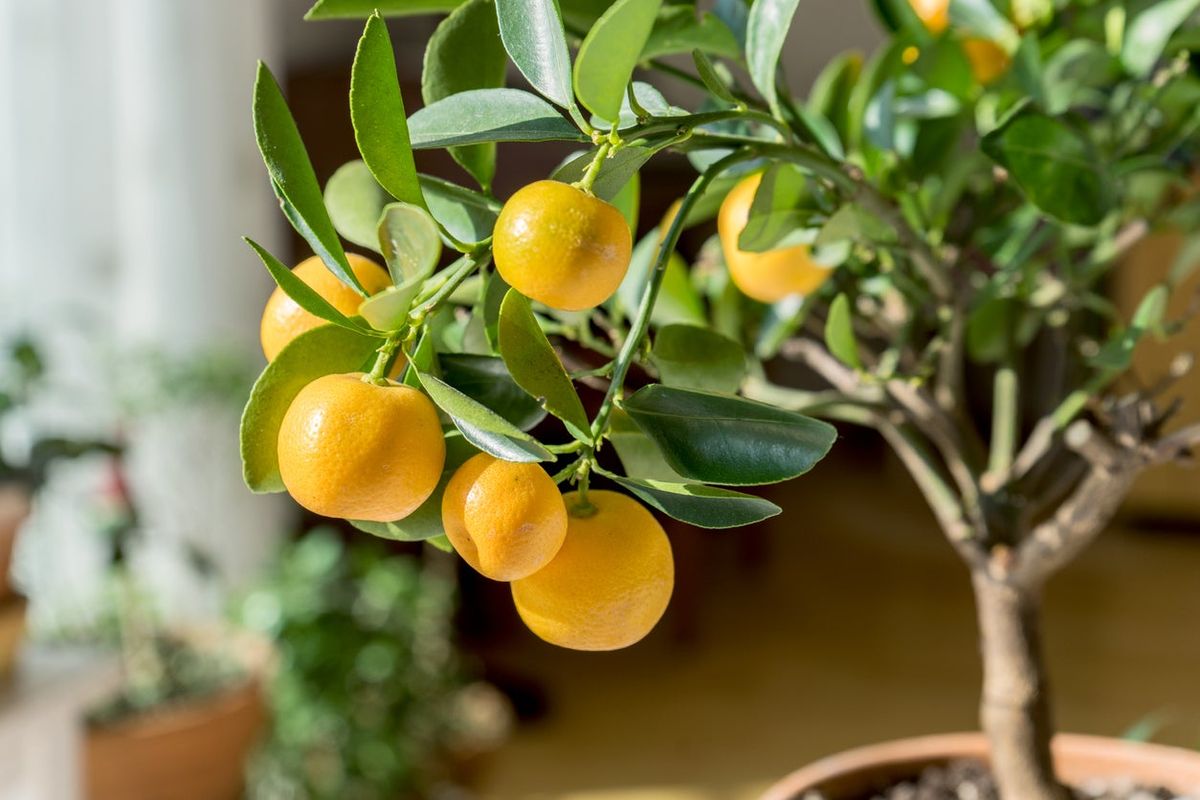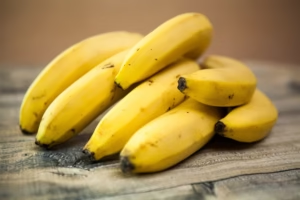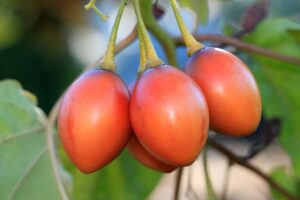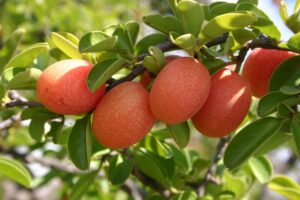How to Grow and Care for Yuzu: A Complete Guide
Are you looking to add an exotic citrus to your garden that combines the best of lemons, mandarins, and grapefruits? Yuzu (Citrus junos) might be exactly what you’re searching for. This unique Japanese citrus has been capturing the hearts of American gardeners and chefs alike with its distinctive aromatic flavor and versatility in both culinary applications and garden aesthetics.
In this comprehensive guide, you’ll learn everything you need to know about growing and caring for yuzu trees in the United States, whether you’re planning to cultivate them in your garden, in pots, or from seed. We’ll cover optimal growing conditions, care requirements, harvesting tips, and how to overcome common challenges.
What is Yuzu?
Yuzu is a cold-hardy citrus fruit originating from East Asia, primarily China and Tibet, though it’s most commonly associated with Japanese cuisine. The fruit resembles a small grapefruit with uneven skin and is prized for its intensely aromatic, tart juice and oil-rich zest. Unlike other citrus varieties, yuzu can withstand temperatures as low as 10°F (-12°C), making it suitable for cultivation in USDA zones 8-11, with special care in zone 7.
According to the USDA Agricultural Research Service, yuzu has been growing in popularity in the United States as both home gardeners and commercial growers recognize its unique characteristics and market potential.
Yuzu in the US Market
The American appetite for yuzu has been steadily climbing, with the fruit commanding premium prices at specialty markets. High-end restaurants across the country showcase yuzu in both sweet and savory dishes, cocktails, and desserts. As Americans become more adventurous with global cuisines, yuzu has transitioned from an exotic specialty ingredient to a sought-after flavor profile.
While fresh yuzu can still be difficult to find in standard grocery stores, bottled yuzu juice, yuzu kosho (a spicy condiment), and other yuzu products are increasingly available. This growing market interest makes yuzu an excellent choice for home gardeners looking to grow something unique with potential value.
Growing Yuzu Trees: Methods and Requirements
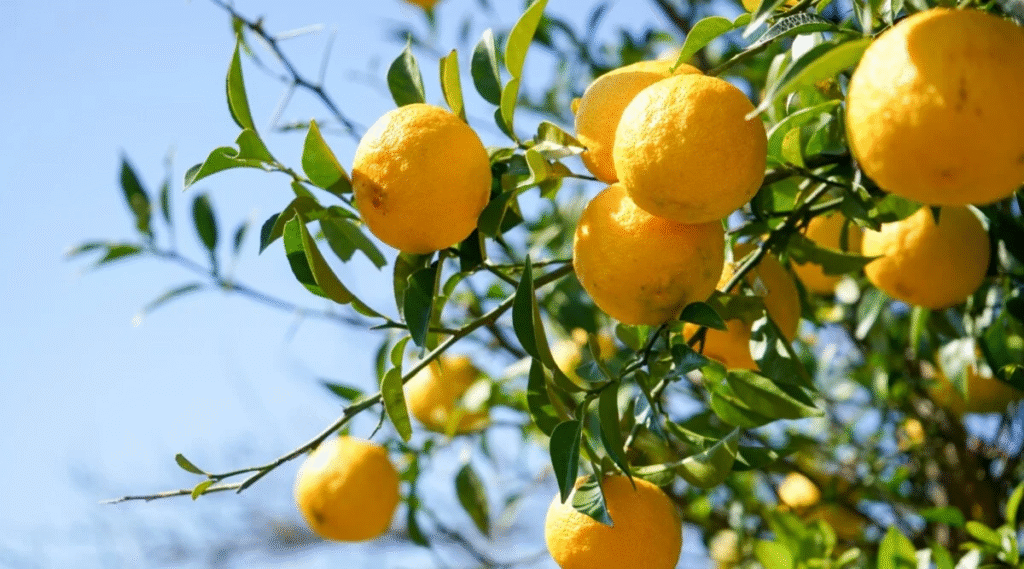
Growing Conditions for Yuzu
Before diving into specific growing methods, it’s important to understand the basic requirements for yuzu trees:
| Requirement | Details |
|---|---|
| USDA Hardiness Zones | 8-11 (can survive in zone 7 with protection) |
| Sunlight | Full sun (minimum 6-8 hours daily) |
| Soil pH | 6.0-7.0 (slightly acidic to neutral) |
| Soil Type | Well-draining, loamy soil |
| Watering | Regular but not waterlogged |
| Temperature | Can withstand brief periods down to 10°F (-12°C) |
| Spacing | 12-15 feet apart for in-ground trees |
| Time to Fruiting | 3-5 years (grafted trees), 8-10 years (seed-grown) |
| Mature Height | 8-15 feet (can be kept smaller with pruning) |
| Pollination | Self-pollinating (but yields better with cross-pollination) |
Growing Yuzu Outdoors in the Ground
If you live in USDA zones 8-11, you can successfully grow yuzu trees directly in your garden. Here’s how to do it:
- Select the right location: Choose a spot that receives at least 6-8 hours of direct sunlight daily and is protected from strong winds. South-facing locations are ideal in cooler climates.
- Prepare the soil: Yuzu trees thrive in well-draining, loamy soil with a slightly acidic to neutral pH (6.0-7.0). If your soil is heavy clay, amend it with compost, perlite, or sand to improve drainage.
- Planting process:
- Dig a hole twice as wide as the root ball but no deeper.
- Gently remove the tree from its container and loosen the roots.
- Position the tree so the top of the root ball is slightly above ground level.
- Backfill with soil, tamping down gently to remove air pockets.
- Create a watering basin around the tree.
- Water thoroughly after planting.
- Spacing: If planting multiple trees, space them 12-15 feet apart to allow for proper air circulation and growth.
- Cold protection: Even though yuzu is relatively cold-hardy for citrus, it’s wise to protect young trees during severe cold snaps. Use frost cloths, string lights, or protective structures when temperatures drop below 20°F (-6°C).
Growing Yuzu in Containers
Container growing is an excellent option if you live outside the recommended growing zones or have limited garden space. This method allows you to move the tree to protected areas during cold weather.
- Choose the right container: Select a pot at least 18-24 inches in diameter with multiple drainage holes. Terra cotta or fabric pots work well as they allow better air circulation to the roots.
- Use proper potting mix: Create a mix of high-quality potting soil, perlite, and compost in equal parts. Alternatively, use a citrus-specific potting mix.
- Planting process:
- Place a layer of gravel at the bottom of the pot for better drainage.
- Add some potting mix, then position your tree so the graft union (if applicable) remains above soil level.
- Fill in around the root ball with more potting mix, leaving the top inch of the pot empty for watering.
- Water thoroughly until water drains from the bottom.
- Container management:
- Move container-grown yuzu indoors or to a protected area when temperatures fall below 20°F (-6°C).
- During winter, place the container in a bright location that doesn’t get too warm (45-55°F is ideal).
- Plan to repot every 2-3 years to refresh the soil and prevent the tree from becoming root-bound.
Growing Yuzu from Seed
Growing yuzu from seed is the most time-consuming method but can be a rewarding experience. Keep in mind that seed-grown trees:
- May not be identical to the parent tree
- Take 8-10 years to begin fruiting (versus 3-5 years for grafted trees)
- Often grow larger than grafted specimens
If you’re patient and enjoy the nurturing process, here’s how to grow yuzu from seed:
- Obtain fresh seeds: Extract seeds from a fresh, ripe yuzu fruit. Rinse them thoroughly to remove any pulp and let them dry slightly.
- Seed preparation: For better germination, soak the seeds in lukewarm water for 24 hours before planting.
- Planting seeds:
- Fill small pots or seed trays with seed-starting mix.
- Plant seeds about ½ inch deep.
- Keep the soil consistently moist but not soggy.
- Place in a warm location (70-75°F).
- Germination usually occurs within 2-4 weeks but can take up to 6 weeks.
- Seedling care:
- Once seedlings develop 2-3 sets of true leaves, transplant them to larger pots.
- Gradually introduce them to direct sunlight to prevent shock.
- Follow standard yuzu care practices as they grow.
According to the Citrus Clonal Protection Program at UC Riverside, while seed propagation is possible, purchasing certified disease-free grafted trees is recommended for home growers who want to ensure quality and faster fruit production.
Caring for Your Yuzu Tree
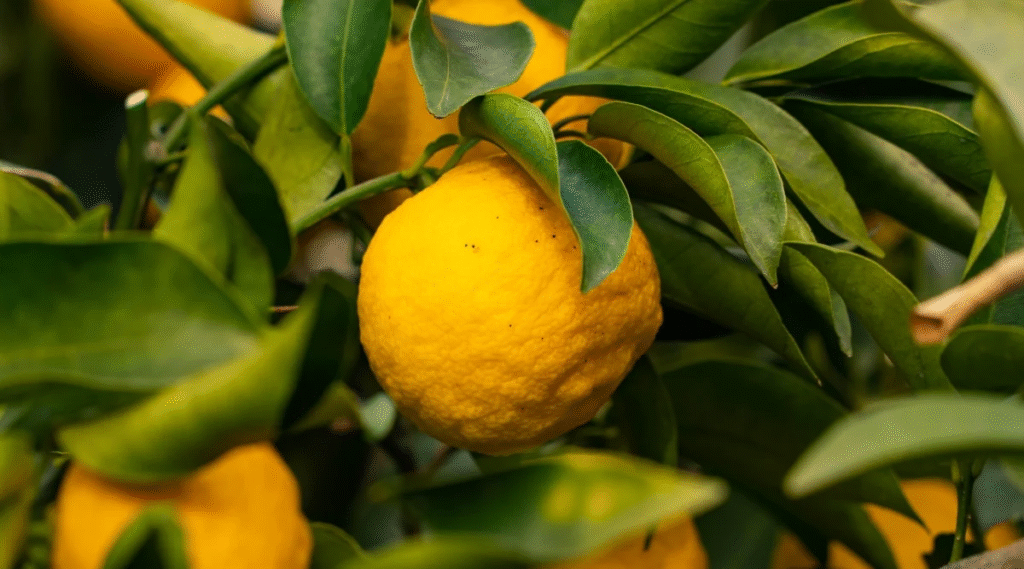
Watering Requirements
Proper watering is crucial for yuzu tree health:
- Newly planted trees: Water deeply twice a week during the first growing season.
- Established trees: Water when the top 2 inches of soil feel dry to the touch.
- Container trees: Check moisture levels more frequently as pots dry out faster than ground soil.
- Seasonal adjustments: Reduce watering during winter dormancy and increase during hot, dry periods.
The key is consistency—avoid letting the soil completely dry out or remain waterlogged.
Fertilization Schedule
Yuzu trees are moderate feeders that benefit from regular fertilization:
- Type: Use a balanced citrus fertilizer with micronutrients, particularly iron, zinc, and manganese.
- Frequency: Apply fertilizer three times per year—early spring, early summer, and early fall.
- Application rate: Follow package directions based on tree size and age, typically starting with half the recommended dose for young trees.
- Signs of deficiency: Yellowing leaves (especially with green veins) often indicate nutrient deficiencies requiring corrective feeding.
The California Department of Food and Agriculture recommends soil testing before establishing a fertilization routine, as excessive fertilizer can damage trees and contaminate groundwater.
Pruning and Training
Proper pruning promotes air circulation, sunlight penetration, and manageable tree size:
- When to prune: Late winter or early spring before new growth emerges is ideal.
- What to remove:
- Dead, damaged, or diseased branches
- Crossing or rubbing branches
- Suckers growing from the rootstock
- Water sprouts (vigorous vertical shoots)
- Shaping: Maintain an open center to allow light penetration throughout the canopy.
- Height control: For easier harvesting, maintain a height of 8-10 feet through regular pruning.
Pest and Disease Management
Yuzu trees are relatively resistant to many citrus pests and diseases but may still encounter problems:
Common Pests:
- Citrus leaf miners: These create silvery trails on leaves. Control with neem oil or introduce beneficial insects.
- Scale insects: Treat with horticultural oil during dormant season.
- Aphids: Spray with strong water jets or insecticidal soap.
- Spider mites: Increase humidity around the tree and apply miticides if necessary.
Common Diseases:
- Citrus canker: Remove and destroy affected branches; this is a reportable disease in many states.
- Root rot: Caused by overwatering; improve drainage and reduce watering frequency.
- Nutrient deficiencies: Often manifest as yellowing leaves; correct with appropriate fertilizers.
The USDA Animal and Plant Health Inspection Service provides up-to-date information on citrus diseases and required reporting procedures.
Harvesting and Using Your Yuzu
When and How to Harvest
Yuzu typically ripens in late fall to early winter (November to January in most US regions):
- Ripeness indicators: Fruit turns from green to golden yellow and feels slightly soft when gently squeezed.
- Harvesting technique: Cut fruit with pruning shears, leaving a small portion of stem attached to maximize storage life.
- Timing considerations: Green, unripe yuzu can be harvested for certain culinary uses, while fully ripe fruit offers the most intense flavor.
Storage Tips
Proper storage extends the usability of your yuzu harvest:
- Fresh whole fruit: Refrigerate for 1-2 weeks or store at room temperature for 5-7 days.
- Zest: Freeze in airtight containers for up to 6 months.
- Juice: Refrigerate for up to 1 week or freeze in ice cube trays for longer storage.
- Preserving options: Make yuzu marmalade, yuzu kosho (spicy paste), or infuse in honey or vinegar.
Culinary Uses
Yuzu’s unique flavor profile—combining mandarin, grapefruit, and subtle floral notes—makes it incredibly versatile in the kitchen:
- Zest: Add to desserts, marinades, or use as a finishing touch on savory dishes.
- Juice: Mix into dressings, sauces, marinades, cocktails, or tea.
- Traditional applications: Use in ponzu sauce, yuzu kosho, or yuzu-infused honey.
- Creative uses: Incorporate into ice cream, chocolate, baked goods, or craft beverages.
Overcoming Common Challenges
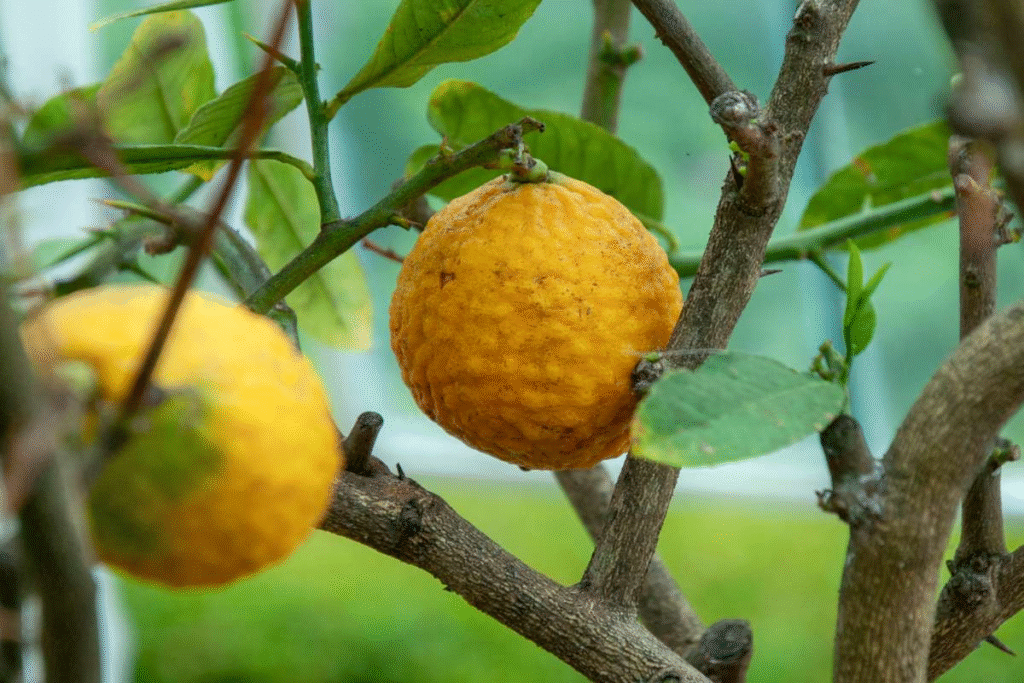
Climate Adaptation
If you’re growing yuzu near the edge of its hardiness range (zone 7):
- Winter protection: Use frost cloths, burlap wrapping, or temporary structures during extreme cold.
- Microclimate selection: Plant near south-facing walls that absorb and radiate heat.
- Windbreaks: Establish barriers to protect from desiccating winter winds.
- Container options: Consider growing in containers that can be moved to protected areas.
Indoor Growing Considerations
For very cold climates where outdoor cultivation isn’t possible:
- Light requirements: Place near south-facing windows or use grow lights for 8-12 hours daily.
- Humidity management: Use humidifiers or place pots on water-filled pebble trays.
- Pollination: Hand-pollinate flowers with a small paintbrush when trees bloom indoors.
- Temperature fluctuations: Keep away from heating vents and drafty windows.
Container-Specific Issues
Container-grown yuzu presents unique challenges:
- Root constriction: Repot every 2-3 years to prevent becoming root-bound.
- Nutrient leaching: Fertilize more frequently but with reduced strength.
- Winter dormancy: Reduce watering and move to a cool (40-50°F) but bright location.
- Summer heat stress: Move to partial shade during extreme heat waves.
Conclusion
Growing yuzu trees can be a rewarding addition to your gardening repertoire and culinary adventures. While they require specific care and patience, the distinctive fruits they produce are well worth the effort. Whether you’re cultivating yuzu in your garden, in containers, or from seed, following the guidelines in this article will help you successfully grow and care for these special citrus trees.
As interest in unique and specialty citrus continues to grow in the US market, your yuzu tree could become not just a source of pride and delicious fruit, but potentially a profitable niche crop. With proper attention to climate adaptation, growth requirements, and seasonal care, you can enjoy the aromatic delights of yuzu grown in your own home garden.
For additional resources and support, connect with local university extension services or citrus growing associations in your area, and stay informed about any citrus quarantine regulations that may apply in your region through the USDA’s regularly updated resources.
